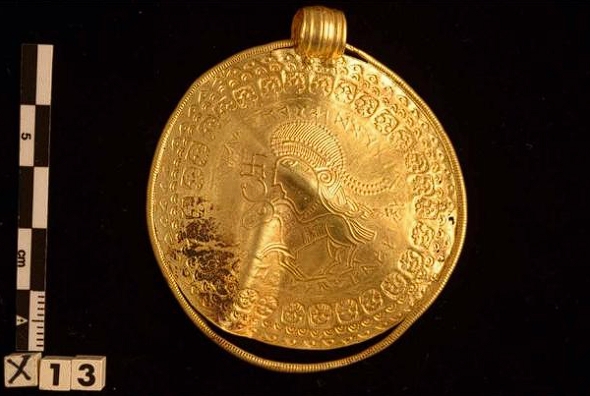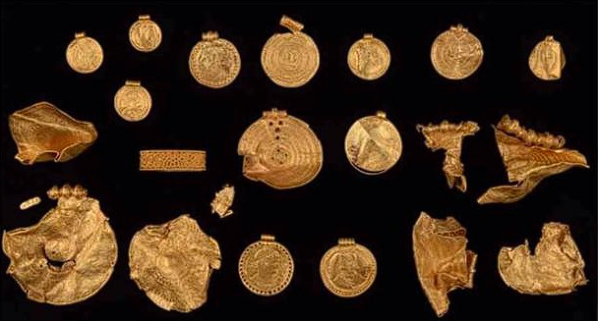Initial Perspectives:
An unprecedented archaeological revelation has come to light upon the discovery of the earliest-known inscription referencing Odin, the revered Norse god. Found in a historic burial ground on Björkö, an island in Sweden, this remarkable uncovering sheds new light on the early worship of Odin, unveiling deep insights into the spiritual beliefs and customs of ancient Norse civilizations. Let’s embark on a journey through this captivating find and its impact on our understanding of Norse mythology.
Unveiling the Odin Inscription:
Unearthed during excavations led by archaeologist Johan Callmer, the inscription is etched on a small bone fragment. This fragment, believed to be part of a tiny amulet or charm, was discovered in a Viking Age burial mound, along with a variety of burial offerings and artifacts. The site of the excavation, known as Birka, was once a bustling trading center in the 8th and 9th centuries CE.

Decoding the Ancient Runes:
Comprising two runic characters – “u” and “o,” the inscription was identified as a symbolic representation of the name “Odin” following thorough examination. This interpretation was supported by the presence of other items linked to Odin worship, such as miniature Thor’s hammers and depictions of ravens, which held special significance for the deity.
Significance in History and Culture:
The implications of this revelation are monumental. Prior to this groundbreaking find, references to Odin dated back to the 10th century, making the Björkö inscription at least a century older than any previously known evidence of Odin worship. This discovery offers invaluable insights into the origins and evolution of Norse mythology.
Odin, the Allfather:
Odin, often hailed as the Allfather, played a central role in Norse mythology across realms of wisdom, warfare, magic, and poetry. As the leader of the Aesir gods, he was revered for his insatiable thirst for knowledge. By examining the beliefs and traditions surrounding Odin in earlier times, scholars can gain a deeper understanding of how his role and attributes evolved over centuries.

Rituals and Devotion:
The Odin inscription hints at the rituals and devotions associated with the god. The presence of Thor’s hammers and raven pendants suggests that these objects likely served as charms or offerings in religious ceremonies dedicated to Odin. Further exploration of the burial site and its artifacts may reveal more about the customs and practices of ancient Norse communities.
Cultural Legacy and Transformation:
The discovery of an ancient Odin inscription underscores the enduring reverence for the deity throughout Norse history. The worship and mythology of Odin persisted through the ages, adapting to changing social and cultural contexts. This finding emphasizes the lasting cultural heritage and profound respect for this powerful god among Norse societies.
Final Reflections:
The excavation of the earliest Odin inscription at Björkö marks a significant archaeological breakthrough that offers insight into the early worship of Odin and the spiritual practices of ancient Norse communities. This discovery challenges existing ideas about the timeline of Odin’s veneration, providing an opportunity to reevaluate the evolution of Norse mythology. As further excavations and scholarly investigations unfold, we anticipate a deeper understanding of the intricate beliefs and rituals that shaped the lives of our Norse ancestors.
